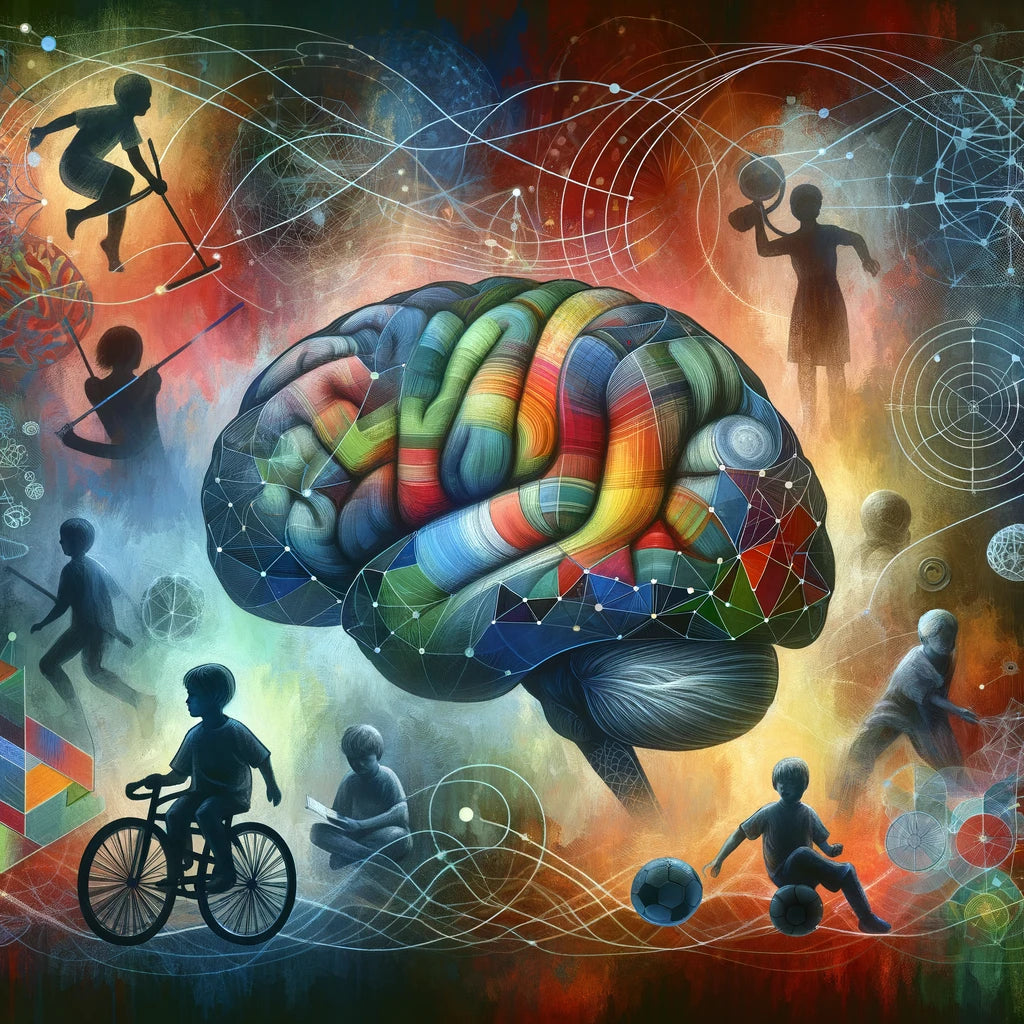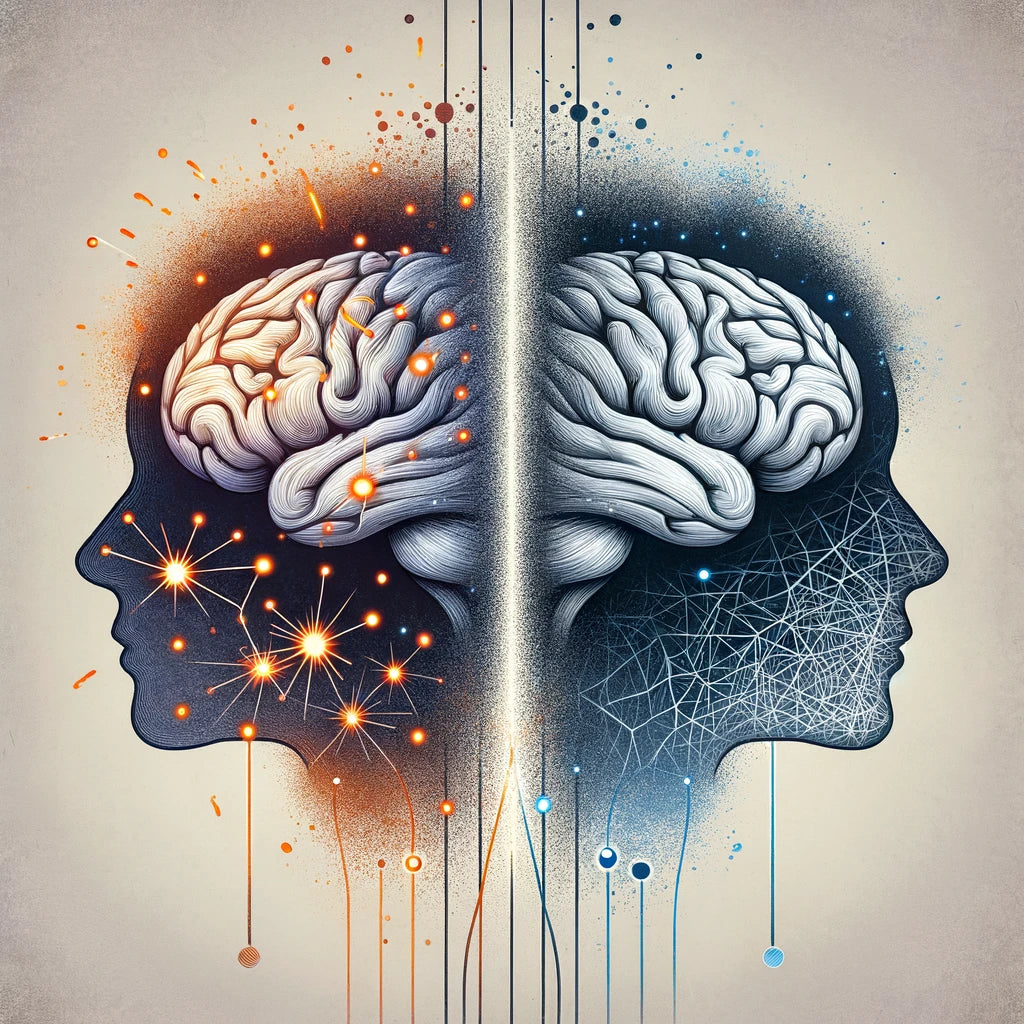In the provided articles from NIH.gov ADHD is covered across a range of related topics, including its dimensional vs. categorical nature, brain activity differences, functioning assessment, self-esteem, brain connectivity, treatment utilization, sensory processing, physical education experiences, early childhood febrile episodes, sleep issues, cognitive testing, treatment effects, and associations with threatened miscarriage. Here’s a simplified summary:
-
ADHD as a Dimension vs. Category: Research suggests that ADHD traits and their impact on quality of life (QoL) support the view of ADHD as a dimension rather than a strict category. As ADHD traits increase, the quality of life linearly declines, indicating that ADHD traits vary in intensity across the population without a clear boundary that separates individuals with ADHD from those without.
-
Brain Activity in ADHD: Studies using EEG and fMRI have shown differences in brain activity between individuals with ADHD and typically developing individuals, particularly in alpha and theta brain waves. This indicates that ADHD is associated with distinct neural patterns that can potentially be used for diagnosis.
-
Functioning Assessment According to WHO: The first revision of the International Classification of Functioning, Disability and Health (ICF) Core Sets for ADHD has added new categories to better reflect the experiences of individuals with ADHD, including aspects of personality, sensory functions, and participation in various life areas.
-
Self-esteem and ADHD: Research indicates that children with ADHD often start with lower self-esteem, which can improve with specific treatments. This highlights the importance of addressing self-esteem issues in the management of ADHD.
-
Brain Connectivity and ADHD: Studies have found that ADHD is associated with alterations in widely distributed brain networks, suggesting a systemic dysconnectivity rather than isolated brain areas being affected. This has implications for understanding ADHD and developing treatment approaches.
-
Treatment Utilization: There's variability in how adolescents with ADHD utilize treatments, with a preference for nonpharmacological over pharmacological treatments. Understanding and addressing the reasons for treatment discontinuation is important for improving long-term outcomes.
-
Sensory Processing in ADHD: Adolescents with ADHD report atypical sensory processing across various domains, supporting the need for interventions that address these sensory processing differences.
-
Physical Education and ADHD: Students with ADHD do not experience significant difficulties in physical education (PE) compared to their peers, and PE can be beneficial for them without requiring significant modifications from teachers.
-
Early Childhood Febrile Episodes and ADHD: There's an association between the number and magnitude of febrile episodes in early childhood and a later diagnosis of ADHD, suggesting a potential link between early immune activation and ADHD.
-
Sleep and ADHD: Sleep problems are common in individuals with ADHD and can exacerbate externalizing and internalizing problems, highlighting the need for sleep assessments and interventions in this population.
-
Online Cognitive Testing for Neurodevelopmental Disorders: A study developed online cognitive tests to identify cognitive profiles in children with neurodevelopmental disorders like ADHD and ASD, emphasizing the importance of early and domain-specific cognitive assessments.
-
Stimulant Treatment and Brain Activation in ADHD: Research on the effects of stimulant treatment in children with ADHD suggests differential effects on reward processing, which could have implications for the risk of developing substance use disorders later in life.
-
Threatened Miscarriage and Neurodevelopmental Disorders: An association was found between threatened miscarriage and an increased likelihood of ASD and ADHD in offspring, suggesting that early pregnancy complications may impact neurodevelopment.
Each of these studies contributes to a nuanced understanding of ADHD, emphasizing its complexity, the importance of a multifaceted approach to assessment and treatment, and the interplay between genetic, neurobiological, environmental, and psychological factors in its manifestation and management.
Articles Read and Analyzed For this Update:
Is Attention-Deficit/Hyperactivity Disorder (ADHD) a Dimension or a Category?
Temporal alpha dissimilarity of ADHD brain network in comparison with CPT and CATA
Assessment of functioning in ADHD according to World Health Organization
Attention deficit hyperactivity disorder, self-esteem and the impact of treatments
Cumulative Effects of Resting-state Connectivity Across All Brain Networks...
Longitudinal Patterns of Community-Based Treatment Utilization Among...
Self-reported attention and hyperactivity symptoms among adults with epilepsy
Continuation of Treatment in Children With ADHD: A Multicenter Turkish...
Atypical sensory processing in adolescents with Attention Deficit Hyperactivity Disorder...





Leave a comment
This site is protected by hCaptcha and the hCaptcha Privacy Policy and Terms of Service apply.